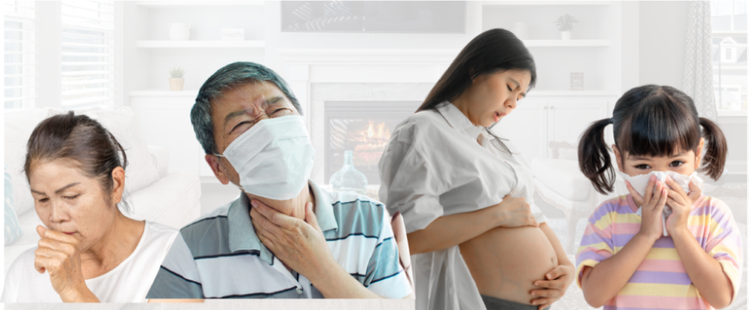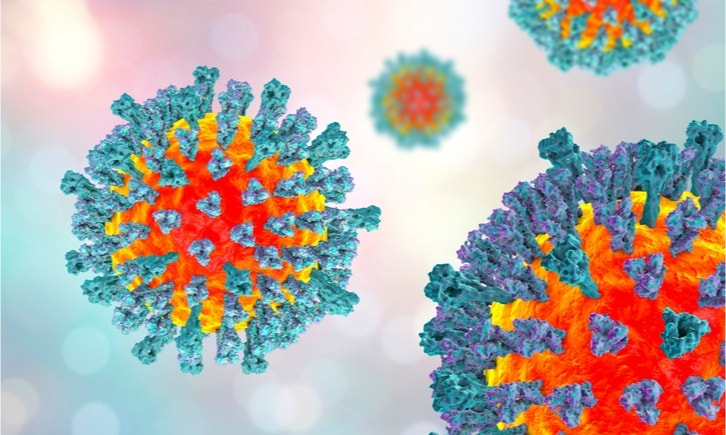Respiratory Syncytial Virus (RSV)

Respiratory syncytial virus (RSV) is a common virus that infects the nose, throat, lungs, and breathing airways. It spreads through droplets when an infected person coughs or sneezes. You can also catch it by touching surfaces with the virus and then touching your eyes, nose, or mouth.1
Pregnant women, who frequently interact with infants and children, may be at a higher risk of contracting RSV.2
Explore more to know more about RSV.
What causes RSV?

Read more!
Who are at risk of RSV?

Read more!
Prevention & Treatment of RSV

A few ways to help prevent RSV include practicing good hygiene and getting vaccinated against the virus.1,3
There are currently no specific antiviral medications or treatments for RSV disease. The primary treatment for RSV is supportive care and may include oxygen and respiratory care treatments.1
Read more!
Disease Awareness Materials

Read more!

Read more!
Know more about RSV

- What is RSV?
- How does RSV spread and how is it transmitted?
- Who is most likely to develop serious or severe RSV?
- How can we prevent & treat RSV?
- Who is eligible for RSV vaccination?
- How can vaccination during pregnancy help infants?
RSV - Respiratory Syncytial Virus
REFERENCES:
- Respiratory Syncytial Virus (RSV) March 30, 2023. Retrieved December 18, 2024, from NFID website: https://www.nfid.org/infectious-disease/rsv/
- Cox, K. R., Mandelbaum, R. S., Doerthe Brueggmann, Ouzounian, J. G., & Matsuo, K. (2023). Pregnant patients with respiratory syncytial virus infection: assessment of characteristics and maternal morbidity at delivery. AJOG Global Reports, 4(1), 100289–100289. https://doi.org/10.1016/j.xagr.2023.100289
- RSV: Symptoms, Causes & Treatment. (2023, September). Retrieved December 18, 2024, from Cleveland Clinic website: https://my.clevelandclinic.org/health/diseases/rsv-respiratory-syncytial-virus.